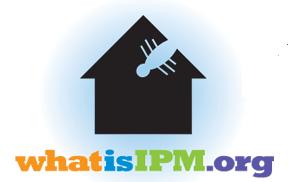Soapbox time again, I just don’t understand why schools are so reluctant to jump on this. I stopped spraying inside homes years ago, it just isn’t good on the occupants of the home unless there is a real good reason. I have preached about this over the years, but the EPA recently awarded more than $500,000 “to schools to help reduce children’s exposure to pesticides“. It is my opinion that every school should adopt this, period. It is in the best interest of every child and teacher, the use of IPM is simplistic in the game – just use other methods to control pest unless it is impossible and then use pesticides. Go here to read about ideas on IPM from the National Pest Management Association.
The three grants will be awarded to:
The Texas A&M Agrilife Extension to develop a central, internet-based hub for materials and phone apps that will give school districts the information and tools they need to adopt an IPM program.
The University of Arizona to develop and carry out a pilot training and certification program for school staff (custodians, kitchen staff, and school administrators) in eight states and four tribes, working with five other universities and stakeholders.
The Michigan State University to help 5 percent of Michigan and Indiana schools adopt IPM through hands-on education, training and coalition building, including web-based trainings and a website. About 135,000 children may be protected.



